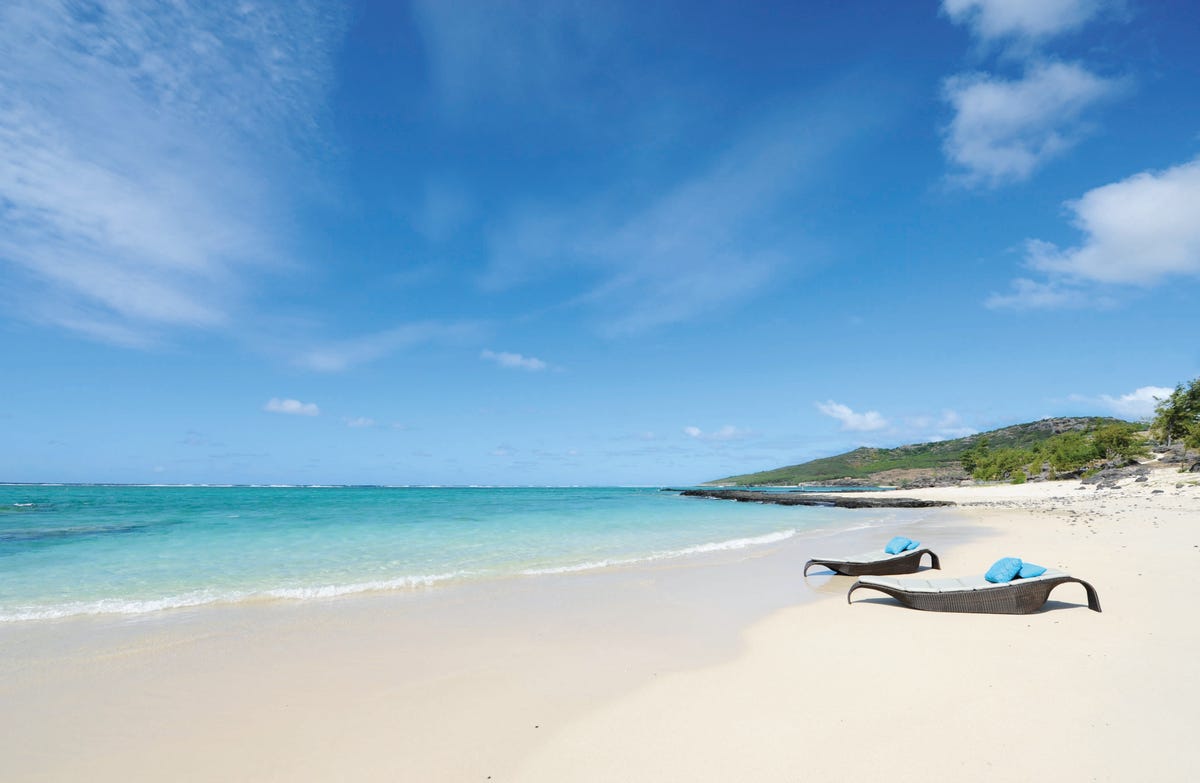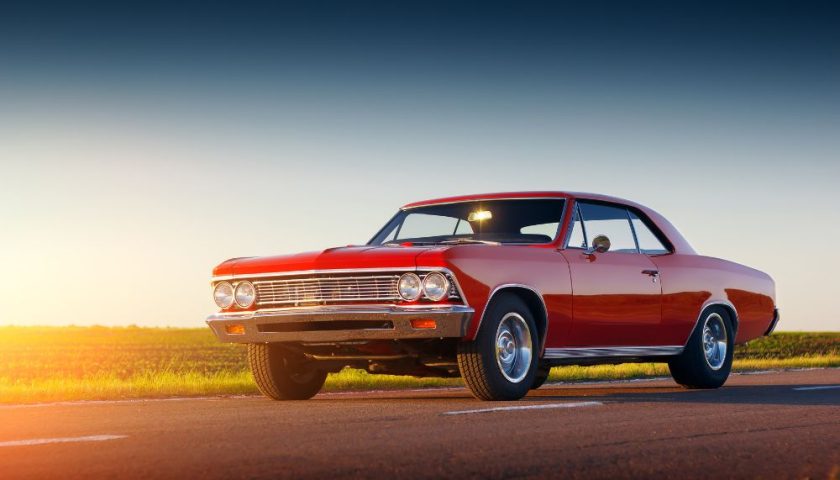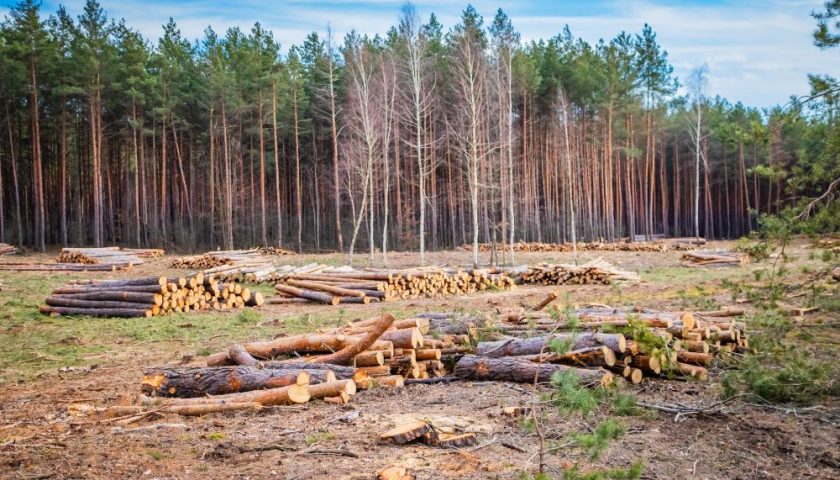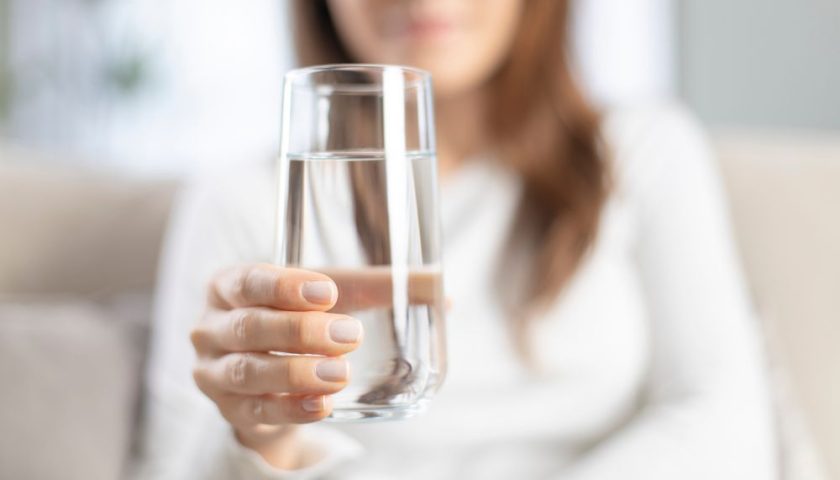The beach at Tekoma Boutik Hotel
One of my favorite things about Rodrigues Island is that the speed limit is 50 kilometers per hour. The people who live on the super-remote southern Indian Ocean island (governmentally part of Mauritius, but with autonomous status since 2020) know how to live calmly. Visitors quickly learn to do the same.
In recent years, “slow travel” has become something of a catchphrase, popular as a marketing term and an Instagram hashtag. But Rodrigues is the real deal—substantively, not only in the literal sense of driving speed. The island is a two-hour flight from Mauritius (itself a seven-hour flight from Dubai) and home to only about 42,000 people, most of whom work in tourism, weave lovely baskets out of palm fronds or catch and dry octopus to go into the local curry. There’s no need to rush.
What logically follows is that most international visitors come to sun themselves on the white sand beaches and gaze out over the island’s wildly turquoise waters (sometimes with goats in the foreground). A particularly fine base for doing that is the simple and peaceful Tekoma Boutik Hotel.
A bedroom at Tekoma
The hotel opened in 2012 with 15 freestanding rooms on a hillside overlooking the ocean. A recent renovation also added five new beachfront cottages. When they’re finished, there will be 12 more rooms on the hilltop, bringing the total to 32, plus a proper spa. (For now, they’re offering very good massages in a guest room.) That’s still small enough to maintain the chill vibe, friendly service and high quality of food in the restaurant, which serves local and international dishes.
Dinners in that restaurant were great, but lunch outside was arguably better. The hotel organized a guide to accompany me on a hike to Gravier Beach for an island-perfect lunch of crab soup, octopus salad, fresh fish and calmly grilled lobster—delicious!—overlooking the ocean. I’m sure money changed hands, but it felt less like an actual restaurant than a backyard cookout with friends. A few kite surfers took flight as we enjoyed our lunch.
Later, we went to the Francois Leguat giant tortoise reserve, an impressive conservation project. When Portuguese explorer Diogo Rodrigues found the island, in the 16th century, its tortoise population was thriving—they lived in groups of 3,000 or 4,000, and people could walk over their shells without setting foot on the ground.
A local bar
A couple centuries later, famine in Mauritius spurred the settlers there to start using Rodrigues’s tortoises for food. Unsurprisingly, after being exploited for some 100 years, they were nearly extinct. Things stayed that way until 2004, when a group of conservationists set about rewilding the island and reintroducing the tortoises. It took two years before the first baby arrived. Now more than 6,000 have been born here.
Once you see that, there’s not all that much else to see on Rodrigues. There’s the market in “town,” officially the municipality of Port Mathurin, where fruit preserves, dried fish and octopus and the lovely wicker baskets are on offer.
You can get a bit of adrenaline flowing by crossing the Cascade Pistache suspension bridge, which hangs some 325 feet over the ground below at its highest point. It’s supported entirely by the cables placed high above, which makes the crossing rather wiggly and exciting. As a onetime aspiring trapeze artist, I eagerly trotted across, but had second thoughts about the pendulum jump from 100 feet high. The climb back out of the ravine looked a bit tricky.
Fishermen in Rodrigues
An easier source of adventure is Caverne Patate, which at 1000 meters (nearly 3,300 feet) is the longest of the 30 or so caves on the island. A visit is a short but fascinating (re)orientation into a world of stalactites and stalagmites.
After the cave, there was lunch. Resto la Caverne is an extremely unprepossessing place. Up a flight of stairs, the dining room is simple, with the best seats on the terrace, and beverages waiting to be pulled from a refrigerator. The menu is extremely simple: octopus in many forms (fresh, dried, salad, curry) and konokono (snails), which are probably an acquired taste.
Forgot the food. What my lunch companion had to say about Rodrigues is more interesting. He pointed out that the island has no McDonald’s, no KFC. Its lagoon is clean. The vegetables that are grown on the island are almost entirely organic—not because it’s currently fashionable but because the farmers have never known any other way.
And so, while the “stress of doing nothing” is apparently somehow real, Rodrigues is a place that seems remarkably free from stress. It’s not a commercial island. It’s only artisanal. And authentic, and gentle, and thoughtful, and above all, unhurried—ever since way back before “slow travel” became a thing.





